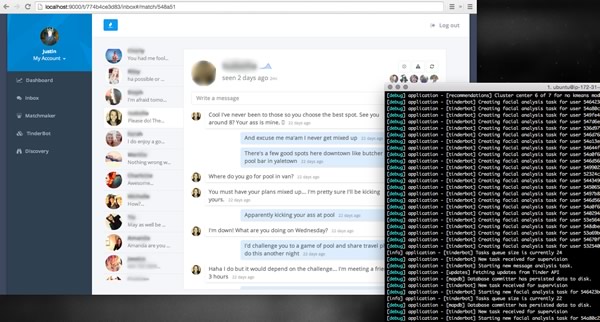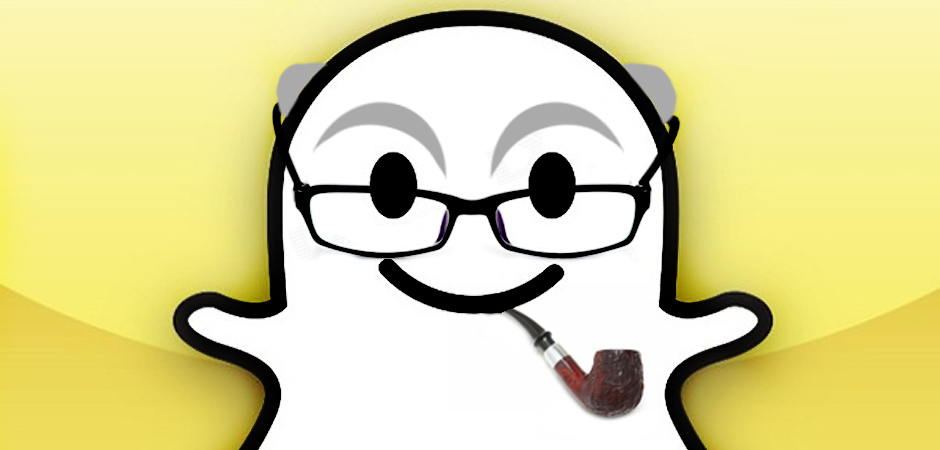Following the SPTechCon event in San Francisco, I was reviewing session content from my sessions, and had a quick e-mail conversation with David Rubinstein over feedback from other sessions. Specifically, I have observed mixed feedback for my sessions about Microsoft’s social road map, and have heard from other speakers and David of receiving similarly mixed feedback.
As we talked about what may be behind this lackluster response to social content, we outlined some ideas based on the feedback we’re receiving:
· Many people do not yet see the value of social.
· Some customers perceive this (Yammer, primarily) as a Microsoft product push, not a consumer-driven need.
· Many organizations struggle with the cultural changes needed for social, rather than the technology fit.
· Organizations who plan to remain primarily (or entirely) on prem are pushing back.
While most of the social content being presented at SPTechCon and other conferences is relatively new (and being new, will require some tweaking), my sense is that negative feedback on the topic generally has more to do with people’s frustration over Microsoft’s direction than what is being shared within these sessions. In particular, people have voiced their frustration over Microsoft’s focus on social innovation within the Office365 and Yammer platforms rather than providing more innovation for existing on-prem customers. I think some people go into a session on SharePoint social expecting a “silver bullet” for on-prem environments, and are disappointed (or even angry) to hear that their only path to a robust on-prem social experience will be through third-party solution providers instead of out of the box.
We are in the midst of a dramatic shift in the way that organizations collaborate, internally and externally. Social tools are not just a “nice to have” or bolt-on capability, but are fundamental to the way that individuals communicate, and teams collaborate. Many of our assumptions about how we collaborate—and even with how we’ve deployed SharePoint in the past—are being challenged, with much of our collaboration moving from document-centric models to conversation-centric social activities. With such a dramatic change will come churn. People will need to adjust, and this change will take time.
In a Digital WPC article last summer, I quoted Yammer cofounder Adam Pisoni from the E2 Conference in June 2013, which took place in Boston:
Yammer co-founder and GM of Engineering, Adam Pisoni, addressed some of these questions from the audience during a morning keynote, answering that the underlying goals of the two platforms were different, with Yammer offering a more people-centric solution that is very different from the structured collaboration value proposition of SharePoint. Pisoni made it very clear that there would “never be an on premises version of Yammer” but that SharePoint would continue to support some social features for those customers who are not able to move to the cloud just yet. He told one audience member, “There are a lot of people on premises who cannot move off of (their on premises platform) very quickly, but it’s just a matter of time. The future is here, but it’s un-evenly distributed.”
In messaging last year, and again in messaging at this year’s SharePoint Conference in Las Vegas, Microsoft has made it clear that they will continue to innovate on SharePoint, but primarily through their work on Office365 and other online properties, with regular updates and versions being pushed down to the on-prem environment through its traditional two- to three-year release cycle. Does this mean we will see more innovation in the social tools available through on prem? Yes, but to what extent, I’m not sure.
For companies trying to figure out how to incorporate these new social models into existing SharePoint infrastructure investments, be clear on your goals and your business requirements. If you have an on-prem deployment and are not yet sure how social will fit within your plans, starting off with Yammer (in the cloud) is probably your right step forward. As you begin to see the value of the platform, you can consider swapping out your SharePoint newsfeed with the Yammer newsfeed, and then incorporating the Yammer app into your site templates. Most importantly, however, understand that this is very much a cultural change in how your teams collaborate, not just a new set of features to bolt onto your existing platform.
My advice is to experiment first, understand the fit, and then build your plan.
Christian Buckley is a SharePoint MVP and Chief Evangelist at Metalogix.





